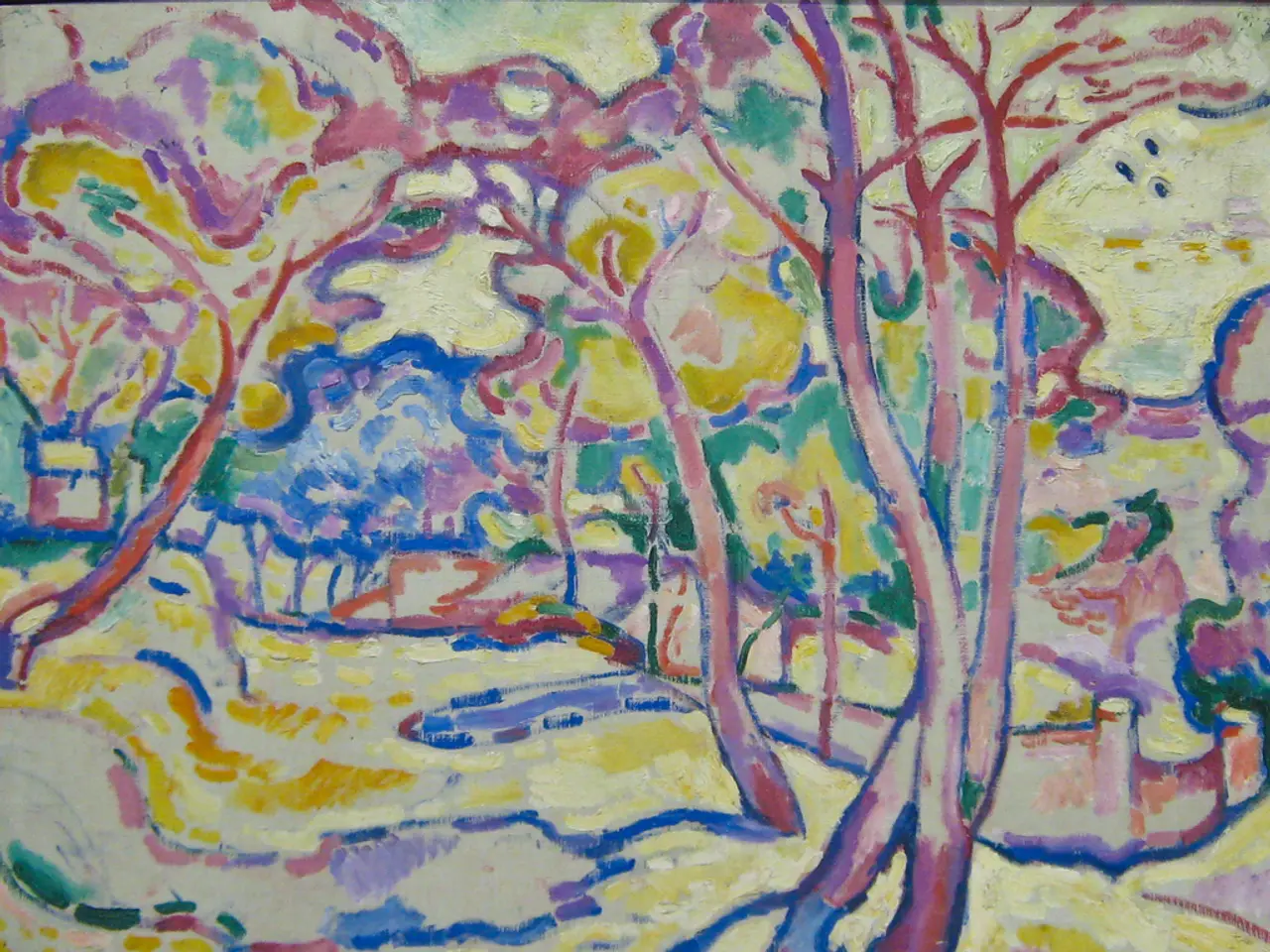Bonsai and Artistic Innovation: Fostering Creativity in Children's Imaginations
Bonsai trees, with their intricate branching patterns and miniature stature, have captivated the imaginations of people for centuries. Now, these ancient art forms are inspiring creative art projects for children, offering a unique and engaging way to explore nature, design, and self-expression.
Living Art and Design
Bonsai cultivation is a form of living art that encourages children to develop creativity and aesthetic sense. By shaping and pruning their trees, children can experiment with different shapes, styles, and sizes, fostering skills in design and horticulture while expressing their artistic vision.
Personal Expression
Children can personalize their bonsai by selecting pots, decorating them, and adding accessories that reflect their personality and artistic preferences. This customization helps children build identity and share their creativity in a hands-on, meaningful way.
Multidisciplinary Artistic Projects
Beyond just growing and pruning, bonsai can be incorporated into broader artistic activities such as painting or decorating the pots, creating mini gardens, or using bonsai trees as centerpieces in dioramas. These projects combine natural elements with visual arts, expanding children's creative skills across media.
Craft and Sculpture Inspiration
Workshops like those for Ficus kokedama or succulent planters show how bonsai and related plant arts inspire craft projects involving sculpting with moss, decorative string, and natural textures. These encourage children to meld traditional bonsai aesthetics with their own creative flair, producing living artworks that are both beautiful and unique.
Eco-friendly and Upcycled Art
Creative bonsai-inspired crafts can also utilize unconventional materials, such as making bonsai tree models from waste plastic and beads, stimulating children’s creative thinking about recycling and environmental art.
Bonsai trees offer a unique canvas for children to express themselves, experiment with different mediums, and develop their skills in observation, design, and execution. By engaging with bonsai trees, children are invited to explore nature, design, and self-expression all at once, turning the process of nurturing a tree into a dynamic and inspiring creative art experience.
Nature, Impermanence, and Wabi-Sabi
Through bonsai, children can discover the beauty of impermanence, as seasons change and trees adapt, teaching valuable lessons about resilience and growth. Exploring the concept of 'wabi-sabi' - the beauty of imperfection - through poetry, children can embrace the imperfections and uniqueness of each bonsai as a reflection of life's own journey.
The tactile allure of weathered bark and roots invites young artists to explore the intricate textures, patterns, and stories that lie beneath the surface of a bonsai tree's exterior. Writing from the heart of nature can help children tap into the symbolic language of nature, where branches weave tales of strength and resilience.
Encouraging children to observe the bonsai's shape, texture, and colour, and translate these elements into sketches, paintings, or sculptures, fosters a deeper connection with nature. Through bonsai-inspired pottery, children can develop their fine motor skills, hand-eye coordination, and problem-solving abilities.
In conclusion, bonsai trees provide a rich source of inspiration for children's creative art projects. By engaging with bonsai trees, children can tap their creative potential, develop a deeper understanding of the artistic possibilities that arise from the intersection of nature and art, and foster a lifelong appreciation for the beauty and resilience of these living sculptures.
- Bonsai cultivation isn't just about growing miniature trees, but also a form of living art that encourages children to explore fashion-and-beauty through personalizing their bonsai with unique pots and accessories.
- In the realm of food-and-drink, children can incorporate their bonsai into creative and visually appealing table settings, transforming their bonsai into a centerpiece for family gatherings.
- Home-and-garden enthusiasts can extend bonsai cultivation into self-development, as the process fosters skills in design, horticulture, and even hobbyist carpentry, required for constructing customized bonsai stands and pottery.
- Travelers seeking unique experiences can visit bonsai museums or gardens, expanding their relationships with fellow enthusiasts and learning about the history and techniques of this ancient art.
- For the environmentally-conscious, workshops focusing on education-and-self-development can teach children how to create eco-friendly bonsai pots from recycled materials, instilling values of sustainability in their pet projects, while also providing opportunities for shopping unique and handcrafted bonsai-inspired items.





